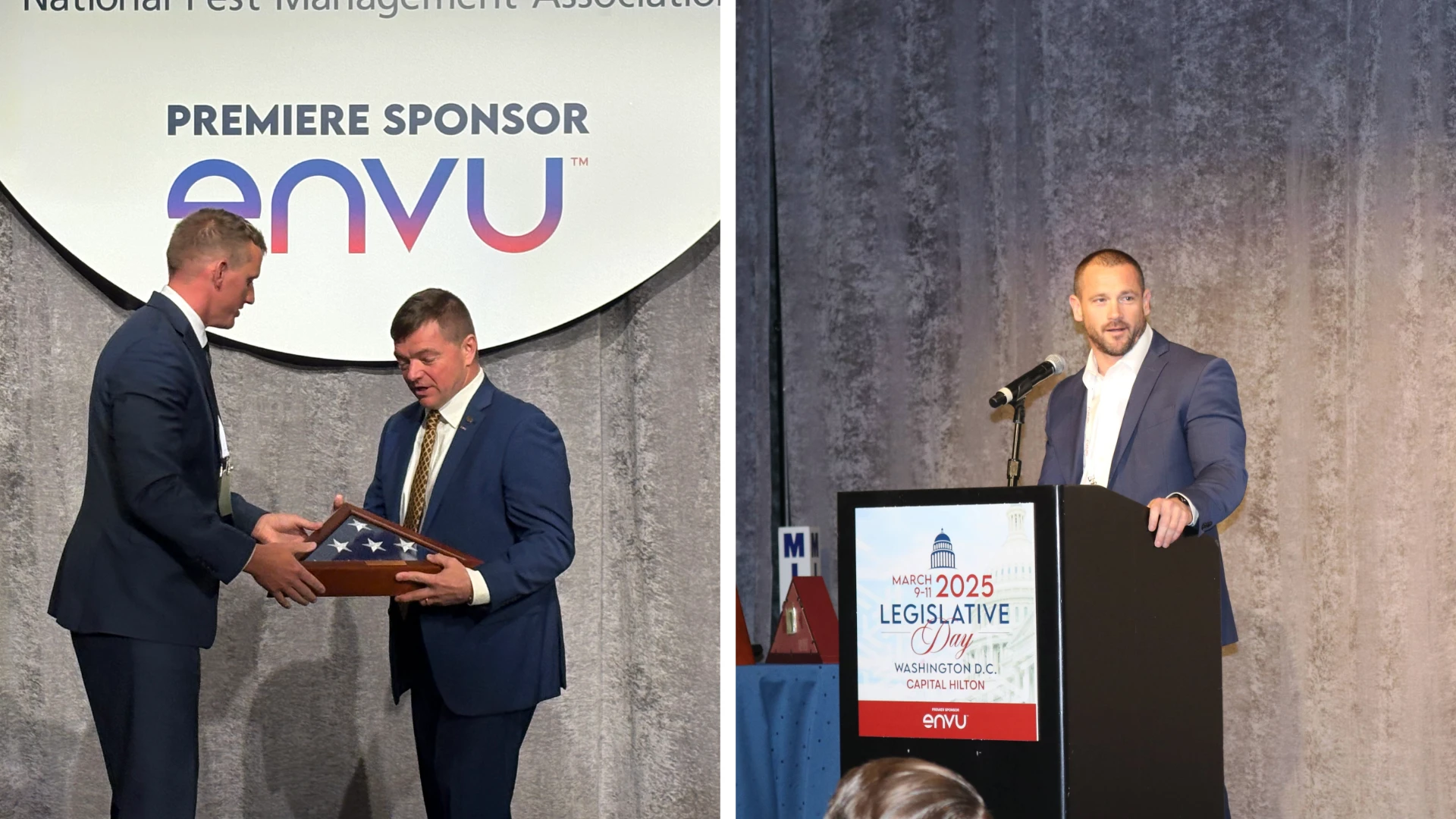In businesses across America, military service leave policies and I-9 forms are being dusted off and revisited. Since Sept. 11, these regulations, which once seemed burdensome and irrelevant, have taken on an entirely new meaning.
As the U.S. Department of Justice’s Immigration and Naturalization Service (INS) comes under fire for failing to keep terrorists out of the country, national attention is turning toward immigration regulations. Some argue the INS is not completely to blame. The agency estimates that 40 percent of the 6 to 11 million illegal immigrants in the United States entered legally on visas but remained after their visas expired. Many of these individuals have been allowed to work in American businesses.
President Bush recently announced the creation of a task force charged with overhauling immigration laws related to border patrols, document fraud and visa-granting procedures. No doubt, as it relates to immigration regulations, employers play an important role in confronting this war on terrorism.
IMMIGRATION ACT OF 1986. For too long, businesses have turned a blind eye toward INS regulations. Passed in 1986, the Immigration Reform And Control Act (IRCA) was adopted to ensure that only legally authorized individuals work in the United States.
Every business, regardless of size, is covered by the Immigration Reform and Control Act of 1986. Under the Act, all individuals hired after Nov. 7, 1986, (including Americans and any full-time, part-time or seasonal workers) must complete an Employment Eligibility Verification (I-9) form. Lately, this notorious form (which is actually an official government affidavit) has received more than its fair share of attention. Truth is, the I-9 is much more than a “form.” It is a vital tool for American businesses to help keep the workforce safe and legal.
Because of the significance of IRCA, let’s summarize your obligations as an employer:
Ensure All New Hires Complete Section 1 of the I-9 Form. Immediately after an individual is hired (not during the application phase), he or she must complete Section 1 of the I-9 form. By law, this form must be completed within three business days of the date employment begins. By means of the I-9, the new employee is verifying, under penalty of perjury, that he or she is legally authorized to work in the United States.
Complete Sections 2 and 3 of the I-9 Form. After the employee completes Section 1 of the form, an employer representative must complete Sections 2 and 3. To properly complete Section 2, you must request, examine and record documentation that verifies the individual’s identity and his or her employment eligibility. Some documents establish both. The back of the I-9 form outlines a list of acceptable identity and eligibility documents.
Section 3 is for the signature of the employer representative. The signature attests, under penalty of perjury, that the individual being hired is indeed, legally eligible to work in the United States.
Do Not Demand or Require Certain Documents. You may not specify which documents you want to see or will accept. A worker can choose to submit any document from the required lists, as long as it is valid and current.
Be Consistent With Copy Practices. You may make copies of documents, but it is not re-quired. If you copy a document, be sure to include both sides. Also, you should not se-lectively copy documents. Either copy documents for all employees or do not copy any.
Follow Up on All Expired Eligibility Documents. If an employee submits an eligibility (not identity) document that carries an expiration date, you must reverify the employment eligibility of the individual on or before the document expiration date. The only exception is a U.S. passport, since it is valid even when expired.
Track Rehires and Verify Eligibility. If an employee separates from employment and is rehired within three years of the date the I-9 was originally completed, it is not necessary to complete a new form. However, review the previously completed I-9 and ensure that the documents have not expired. The Updating and Reverification Section of the original form (Section 3) must then be completed and signed.
Properly Retain I-9 Forms and Document Copies for Current and Terminated Employees. I-9 forms and any accompanying copies of the documents should be maintained in a file separate from the personnel file. Why? Because, according to the EEOC, the I-9 form and related documents contain non-job related and potentially discriminatory information such as age, national origin and citizenship status, which do not belong in personnel files.
Also, you must retain completed I-9 forms for three years after the date of hire or one year after the date of separation, whichever is later.
PENALTIES FOR NON-COMPLIANCE. Employers who knowingly hire an unauthorized individual are subject to a civil monetary penalty ranging from $250 to $10,000 and/or imprisonment. Employers who fail to properly complete or retain I-9 forms are subject to a civil monetary penalty ranging from $100 to $1,000 per employee. Both the INS and the U.S. Department of Labor have the authority to inspect I-9 forms.
IRCA also prohibits unlawful discrimination based on national origin or citizenship. Violating this portion of the regulation can result in monetary penalties, reinstatement, back pay and other sanctions. Along these same lines, employers may not refuse to hire persons solely because their employment authorization is temporary.
Now is an excellent time to review your I-9 forms and to verify that all documents submitted are valid and have not expired. If you find that an employee’s work authorization has expired, you cannot legally continue to employ that individual past the expiration date.
As a result of the recent terrorist acts, expect to see an increase in the number of I-9 investigations along with tighter workplace restrictions. Normally, this would be considered bad news. Under the circumstances, however, most businesses have a new-found appreciation for IRCA and agree that complying with the Act is a small sacrifice to make toward keeping the U.S. safe and free from terrorism.
The author is president of the Winter Park, Fla., consulting firm, Seawright & Associates Inc. She can be reached at 407/645-2433 or jseawright@pctonline.com.
|
BEWARE OF SUSPICIOUS DOCUMENTS
Do not accept: · Plastic social security cards or the “stub” of a social security card · A social security card stamped, “Not valid without work authorization” or, “Not valid for employment” · A social security card that begins with the number “9.” They are not valid Be wary of the following: · ID cards issued from a state where the individual never lived (use the application and background check forms to obtain a complete history of where the individual lived and worked) · Signatures on documents that do not match signatures on other forms such as the application; · Documents that do not reasonably appear to be genuine · School records or report cards from a school in a state where the individual never lived · Passports devoid of stamps for an individual who has discussed living in other countries · Hospital records from an overseas hospital · Any expired foreign passports, alien registration cards, employment authorizations, or other travel documents |

Explore the December 2001 Issue
Check out more from this issue and find your next story to read.
Latest from Pest Control Technology
- Understanding Rodents and Bird Flu
- Green Pest Solutions Awards Safest Driver New 2025 Ford F150
- UF/IFAS Sheds Light on Tiny Invaders During Termite Awareness Week
- Registration Open for Lawn & Landscape Technology Conference
- Fleetio Launches Automotive Service Excellence Scholarship
- WorkWave Appoints John Phelan as CTO
- PMPs Use Capitol Hill Visits to Push for Preemption
- 20 Trapping Tips





